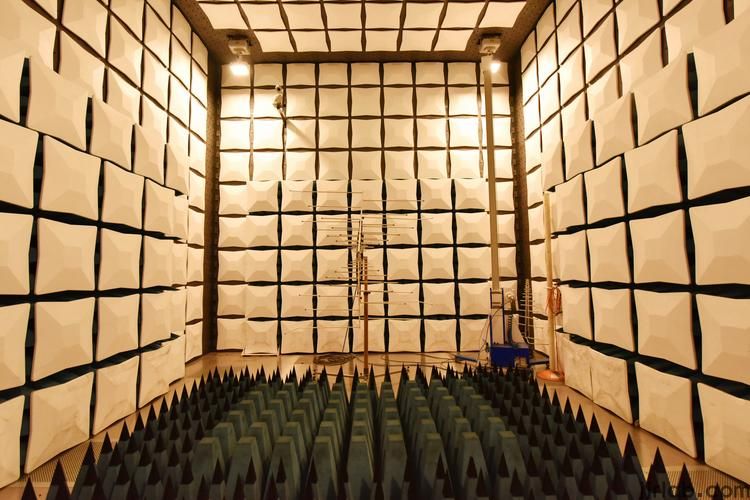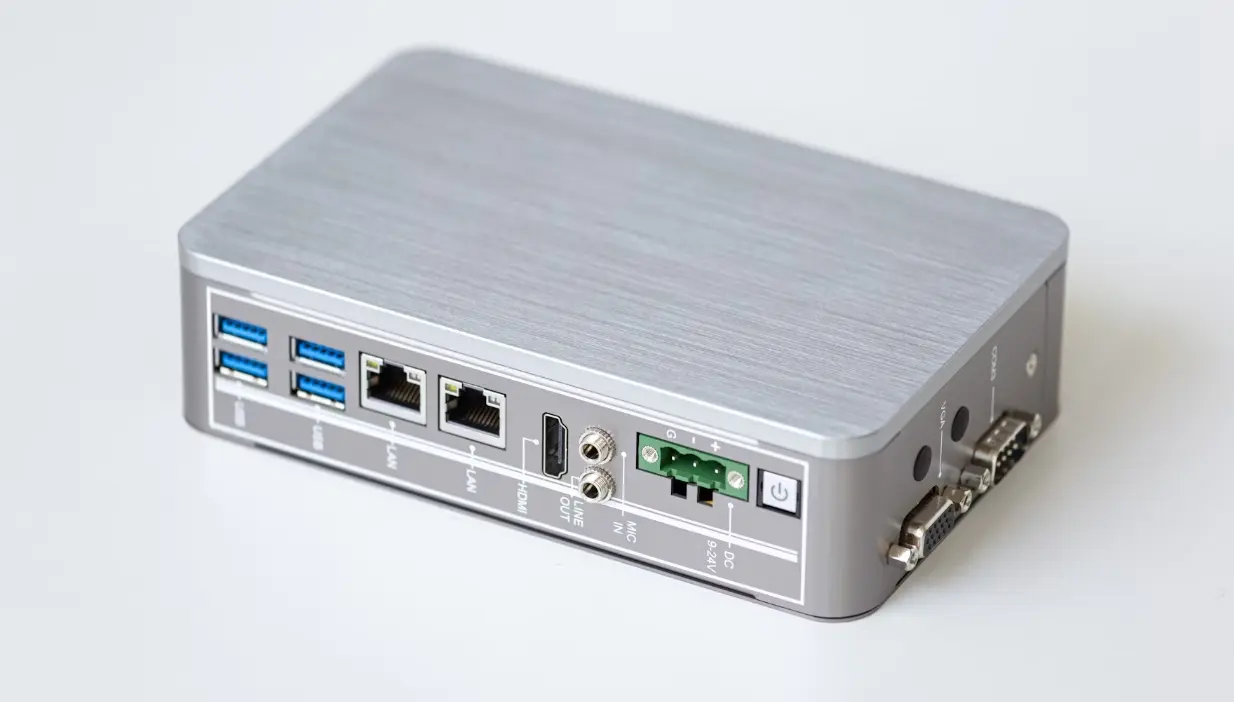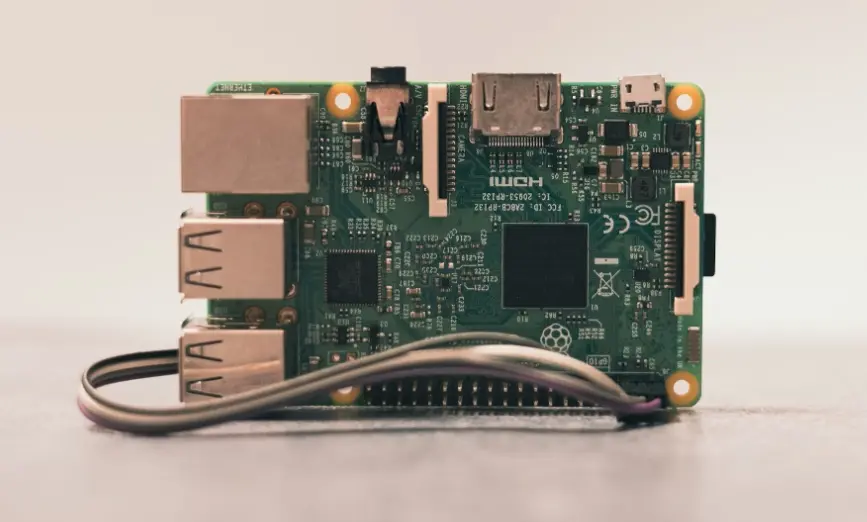
What is EN 55024 Testing?
As part of the global CE certification framework, EN 55024 is a standard guideline used to evaluate the immunity of information technology equipment (ITE). This guideline ensures that equipment can function properly when exposed to various types of electromagnetic interference (EMI) and other external disturbances.
EN 55024 is equivalent to CISPR 24 and, as its name implies, applies to information technology equipment. It defines immunity testing requirements related to both continuous and transient, conducted and radiated disturbances. The standard includes tests such as Electrostatic Discharge (ESD), Electrical Fast Transients (EFT), Surges, Power Frequency Magnetic Fields, Voltage Dips and Interruptions, and Radio Frequency Interference (RFI).
EN 55024 establishes the necessary levels of intrinsic immunity to ensure that equipment operates as intended in its environment. The standard specifies test requirements based on a per-port approach, where ports are defined and described within the standard. These ports include the entire enclosure, DC power ports, AC power ports, earth connections, signal ports, and telecommunication ports.
Compliance with this standard can serve as partial presumption of conformity with the European EMC Directive 2004/108/EC. Most products also require assessment under the companion emission standard EN 55022 to measure spurious signal levels emitted by the ITE. Additionally, devices powered by AC mains may require further testing for power line harmonics and flicker.
Other documents referenced in EN 55024 include:
1. EN 55016-1-2:2004
2. EN 55020:2007
3. EN 55022:2010
4. IEC 60050-161
5. EN 60318-1:2009
6. EN 61000-4-2:2009
7. EN 61000-4-3:2006
8. EN 61000-4-4:2012
9. EN 61000-4-5:2006
10. EN 61000-4-6:2009
11. EN 61000-4-8:2010
12. EN 61000-4-11:2004
Information Technology Equipment (ITE) that may fall under EN 55024 includes:
- Central processing units (hosts) and all associated functional and peripheral equipment, including processor storage, console equipment, and channel devices;
- Small, medium, mini, and personal computers, along with all peripherals related to such computers;
- Dedicated systems including word processing, magnetic ink character recognition (MICR), optical character recognition (OCR), photocomposition, typesetting, and electronic bookkeeping systems.
Communication equipment for data transmission, such as:
- Modems, data sets, multiplexers, concentrators, routers, switches, local area networks (LANs), private branch exchanges (PBXs), network control devices, or digital components of microwave or satellite communications systems.
Input/output (peripheral) units (offline or online), including:
- Terminals, card readers, optical character readers, tape units, mass storage devices, card punchers, printers, computer output microfilm (COM), video display units, data entry devices, teletypewriters, plotters, scanners, any device used as a computer terminal, and the control units of these devices.
European standards are denoted as “EN” and are created by European standardization organizations such as CEN (European Committee for Standardization), CENELEC (European Committee for Electrotechnical Standardization), and ETSI (European Telecommunications Standards Institute). Most EN standards related to the EMC Directive are produced by CENELEC.
Harmonized standards are EN standards developed by CEN, CENELEC, or ETSI under mandates from the European Commission, intended to support one or more EU directives. Lists of applicable harmonized standards are periodically published in the Official Journal of the European Union (OJ). A link to these harmonized standards is available on our Europe Compliance Assessment page.
The date of publication (dop) for EN standards is usually set to be six months after the date of availability (dav), and the date of withdrawal (dow) is when the standard becomes mandatory.
All European standards, including EN 55024, are established through a consultative process organized by independent and recognized standardization bodies at national, European, and international levels, based on consensus among industry, public authorities, consumers, and trade unions.
Email:hello@jjrlab.com
Write your message here and send it to us
 EU 2.4G Products CE-RED Directive
EU 2.4G Products CE-RED Directive
 Cytotoxicity Analysis (CCK-8 Method)
Cytotoxicity Analysis (CCK-8 Method)
 Disinfection Validation for Reusable Medical Devic
Disinfection Validation for Reusable Medical Devic
 ASTM F3208-2020 Testing Laboratory
ASTM F3208-2020 Testing Laboratory
 Reprocessing of Reusable Medical Devices ISO15883
Reprocessing of Reusable Medical Devices ISO15883
 Wireless Product Certification Guide
Wireless Product Certification Guide
 TISI Certification for Hair Dryers in Thailand
TISI Certification for Hair Dryers in Thailand
 Thailand TISI Compliance Certification Reminder
Thailand TISI Compliance Certification Reminder
Leave us a message
24-hour online customer service at any time to respond, so that you worry!




